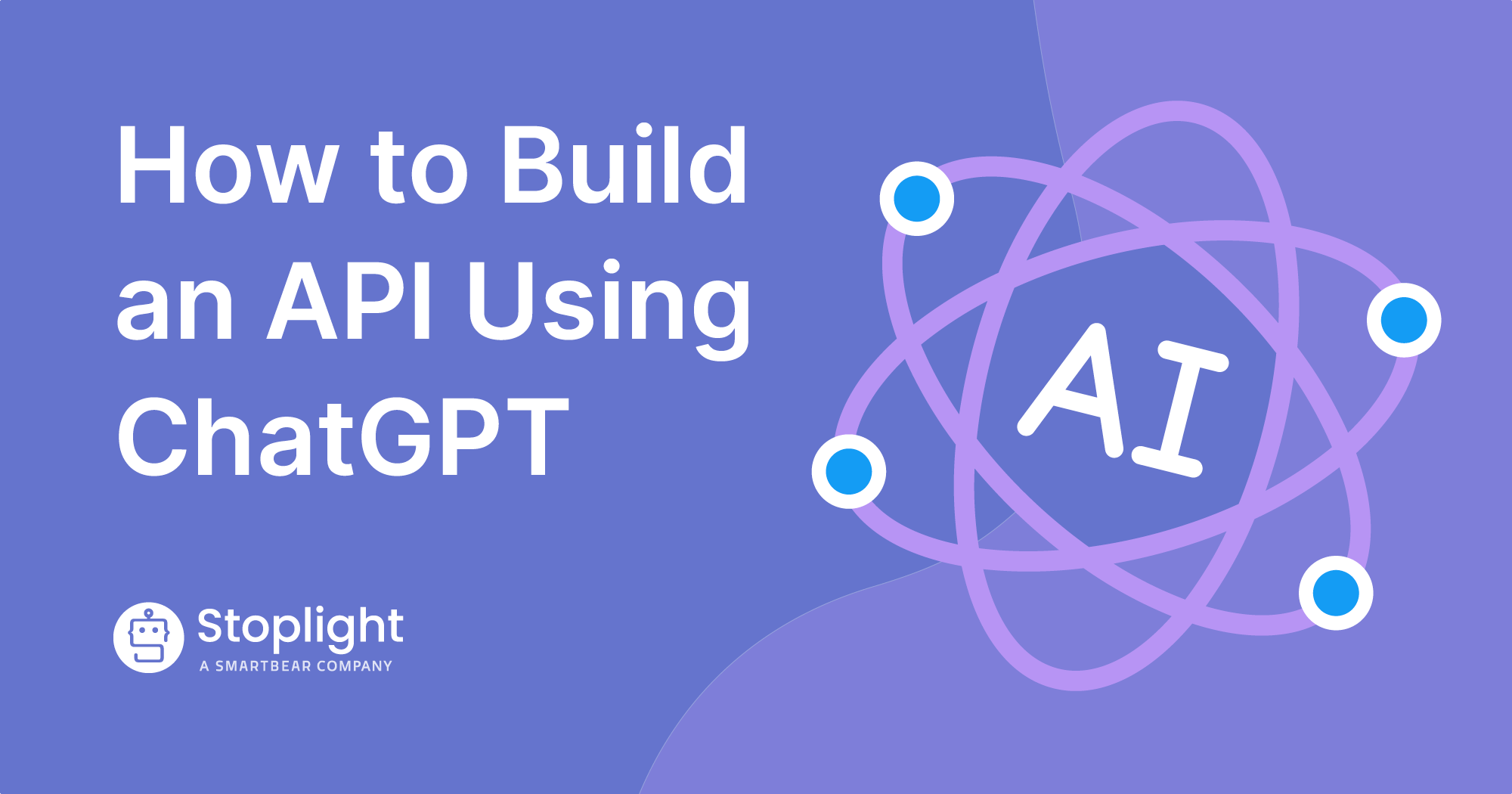“The API landscape is evolving rapidly, driven by factors such as real-time demands, industry specialization, and the rise of no-code/low-code development,” –Mehdi Medjaoui, Co-Founder and Chairman of APIDays.
In the ever-evolving world of technology, staying ahead of the curve is crucial. The API world is no exception, and understanding the latest trends and transformations is vital for businesses and developers alike.
Who better to stay on top of the API industry than Mehdi Medjaoui, Co-Founder and Chairman of APIDays, the global API industry series of conferences? Mehdi has been to them all, heard from experts from around the globe, and joined us on API Intersection to share the upcoming trends and best practices to be aware of as you start your 2024 planning.
1. Pay Attention to the Event-Driven Architecture Evolution
“Event-driven architecture is not about introducing entirely new technology,” shares Mehdi. “Instead, it represents the evolution of existing infrastructure, network performance, and a changing business mindset.”
Event-driven architecture has come a long way over the years, and several factors have driven this evolution. With significant improvements in network infrastructure, the ability to transmit data seamlessly and efficiently has paved the way for real-time interactions.
Moreover, businesses have become more in tune with end-user demands. Today’s technology consumers expect immediate responses and real-time interactions. To meet these expectations, APIs and systems have had to adapt.
Additionally, event-driven architecture means that everything has to be integrated to provide a seamless consumer experience, which can mean more opportunities for security risk or failure points. Managing data flow securely with so many third-party integrations is no easy task, but shifting left in your API security can help mitigate some of that.
2. Get Real: Real-Time Capabilities
“This year, it seems like a lot more businesses are a lot more involved in end-user demands and the need for real-time,” shares Mehdi, “Fast and composable seems to be the priority.”
Mehdi emphasized that real-time capabilities are the holy grail of today’s digital landscape. While achieving true real-time interactions might not always be possible due to network constraints, businesses strive for sub-millisecond delays. This ensures that users experience minimal lag or disruption in their interactions with digital services. Too slow, and you’re out of the game!
In our conversation, we discussed how businesses are even pushing the boundaries of real-time, going beyond milliseconds to microseconds. The ability to anticipate user actions and provide continuous service even in offline scenarios is a game-changer, so having quality APIs on the ready to assist with that real-time function will only improve your consumers’ experience. Anticipate your opponent’s moves several steps ahead, and you’ll be on your way to a seamless experience.
3. Further API Management and Gateway Specialization
APIs are the lifeblood of modern applications, and their management has undergone significant changes. For example, API gateways have become commoditized, making it easier for businesses to adopt them. However, this has also led to specialization.
Industries such as banking, insurance, healthcare, supply chain, and government now have industry-specific API management solutions. These specialized platforms offer the core gateway functionality and cater to their respective sectors’ unique regulatory and operational needs.
With further need for API specialization and management also comes the rapid expansion of the API Product Manager role. We already tout this on the show often about the importance of treating your APIs as a product, and this role is necessary to help you scale your API program effectively. These professionals are responsible for managing APIs; interestingly, they don’t always need a technical background.
4. Yes…Still More No-Code/Low-Code Conversations
To no one’s surprise, the no-code/low-code work is still a popular trend, and it makes sense, given that the API landscape is no longer the exclusive domain of developers. As Mehdi highlights, there’s a growing trend toward no-code and low-code development platforms available that empower individuals with little to no coding knowledge to create applications and APIs. In fact, they’ve mapped all tools in the API industry to give you a full span of the tools available across the entire API landscape, and many of these are low-code options. You can see a snapshot below of the full ecosystem.

For nontechnical professionals, startups, and entrepreneurs, the rise of low code is revolutionary. It allows them to quickly build prototypes and minimum viable products (MVPs) without the need for extensive engineering resources. No-code tools offer a way to validate ideas rapidly before making substantial investments in hand-coded solutions.
Stoplight’s own Platform provides a no-code/low-code experience for designing APIs with OpenAPI, and we’ve seen an increasing number of API product managers (even non-technical folks) who are designing APIs themselves.
Don’t be fooled, though, as Mehdi shared, “The best and most productive people with no-code tools are still developers. They know how to trick it.” So, our developer crowd still benefits from these tools.
However, while no-code and low-code tools are democratizing application development, they’re also finding their place within IT operations. Note that those who leverage these tools need to operate within the boundaries of IT governance and security.
To address this, there’s an emerging layer of software designed to manage security, governance, and permissions on top of no-code tools. This ensures that users can be productive without compromising security or compliance requirements (there’s that security trend again that should be an honorary mention as it’s something we could all get better at!).
I know it’s about to be Q4, and the season of 2024 planning is upon us–so understanding the API landscape and emerging trends can help us all to build better API programs. Shout out to Mehdi for coming to the show and sharing his wisdom with us! If you’re looking for some fantastic API conversations, check out their upcoming list of global conferences to find one in your area. For more industry insights and expert advice, check out API Intersection.

